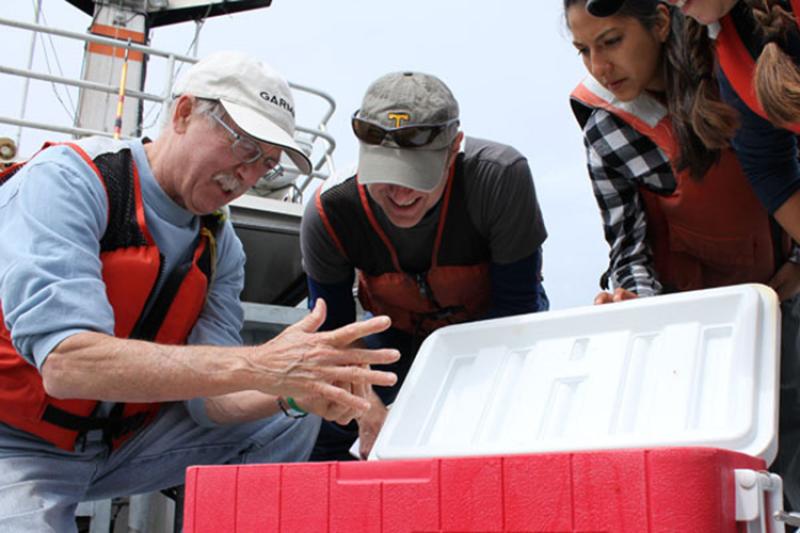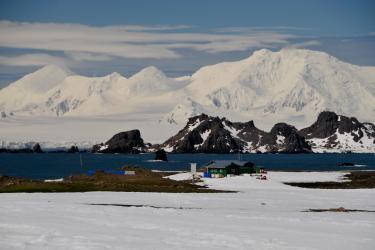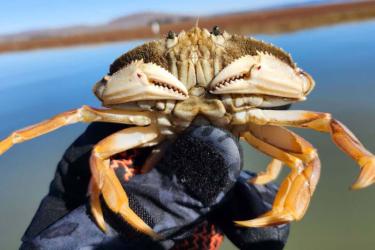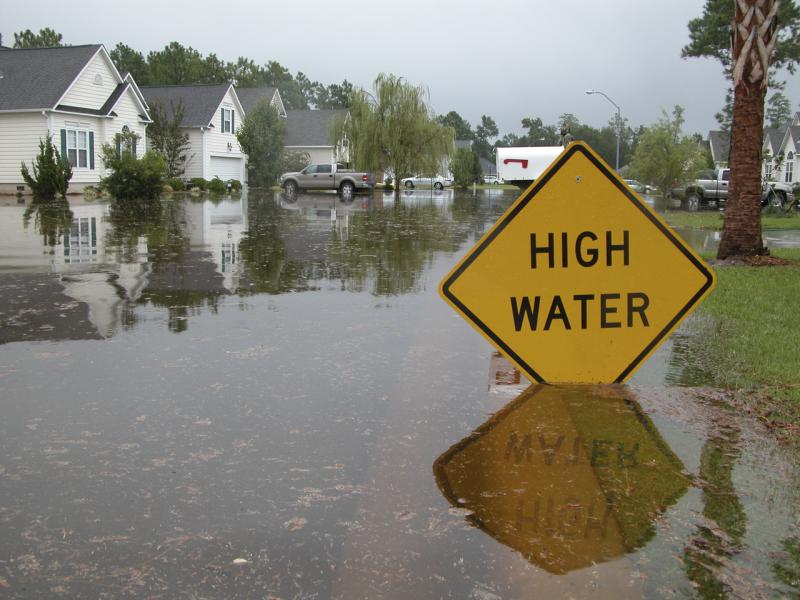If you want to understand how climate change is affecting life in the ocean, you have to go out to sea. Bill Peterson, a biological oceanographer with NOAA's Northwest Fisheries Science Center, has been doing that every two weeks for more than 20 years.
Peterson runs the Newport Hydrographic line survey. Twice a month, he and his colleagues motor out of Newport, Oregon, and head 25 miles due west to the edge of the continental shelf, periodically dragging fine mesh nets along the way. Those nets capture samples of the copepods and other tiny creatures that support the higher levels of the marine food web, from anchovies to blue whales and almost everything in between.
The Newport Line data is critical to understanding how ocean conditions affect fish and marine mammal populations. It's also key to understanding events such as "The Blob”, the enormous body of warm water that developed in the Pacific over the last two years, and the current, uncommonly strong El Niño. Now that the data series is twenty years long, it can also shed light on how climate change, which occurs over decades or longer, is affecting life in the ocean.



